A three phase transformer can be constructed either by connecting three single-phase transformers together (forming a three-phase transformer bank) or by using a single three-phase transformer consisting of three single-phase windings.
The configuration of transformer primary and secondary windings is crucial in determining the voltage output. Depending on how the sets of windings are interconnected, either a delta or wye (star) configuration can be achieved.
The flexibility in configuration options for the primary and secondary windings means that a three-phase transformer can be customized to meet the specific voltage requirements of the application it will be used for. This versatility is what makes three-phase transformers the standard choice in manufacturing and automation.
DELTA-WYE Connection
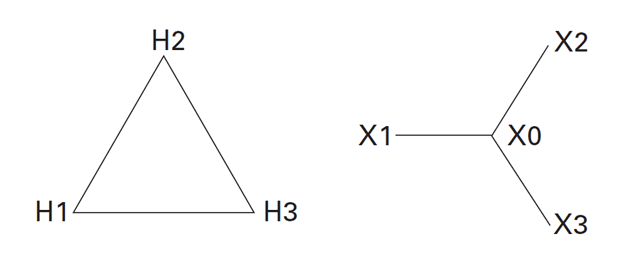
-
Angular Displacement: 30°
-
The most popular transformer connection in the world.
-
Secondary provides a neutral point for supplying line-to-neutral.
-
Suitable for both ungrounded and effectively grounded sources.
-
Suitable for a three-wire service or a four-wire grounded service with X0 grounded.
-
With X0 grounded, the transformer acts as a ground source for the secondary system.
-
Fundamental and harmonic frequency zero-sequence currents in the secondary lines supplied by the transformer do not flow in the primary lines. Instead the zero sequence currents circulate in the closed delta primary windings.
-
If the transformer secondary supplies large amounts of unbalanced loads, the delta primary winding provides better current balance for the primary source.
WYE-DELTA Connection
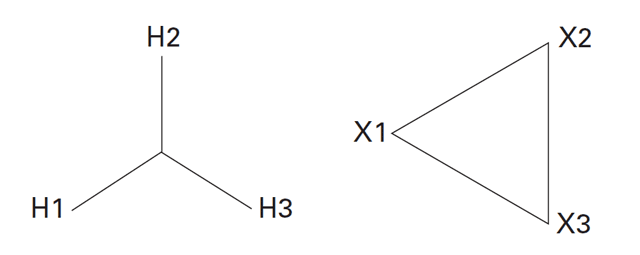
-
Angular Displacement: 30°
-
Suitable for both ungrounded and effectively grounded sources.
-
Suitable for a three-wire service or a four-wire delta service with a mid-tap ground.
-
Grounding the primary neutral of this connection would create a ground source for the primary system. This could subject the transformer to severe overloading during a primary system disturbance or load unbalance.
-
Frequently installed with mid-tap ground on one leg when supplying combination three-phase and single-phase load where the three-phase load is much larger than single-phase load.
-
When used in 25 kV and 35 kV three-phase four-wire primary systems, ferroresonance can occur when energizing or de-energizing the transformer using single-pole switches located at the primary terminals. With smaller kVA transformers the probability of ferroresonance is higher.
DELTA-DELTA Connection
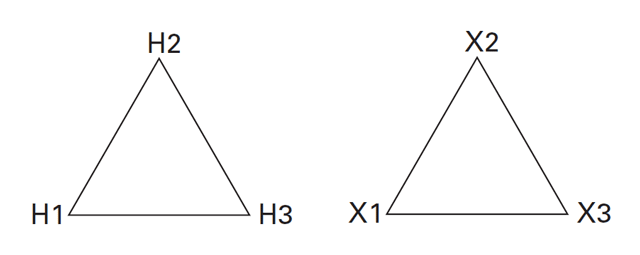
-
Angular Displacement: 0°
-
Suitable for both ungrounded and effectively grounded sources.
-
Suitable for a three-wire service or a four-wire service with a mid-tap ground.
DELTA-DELTA Connection with Tap
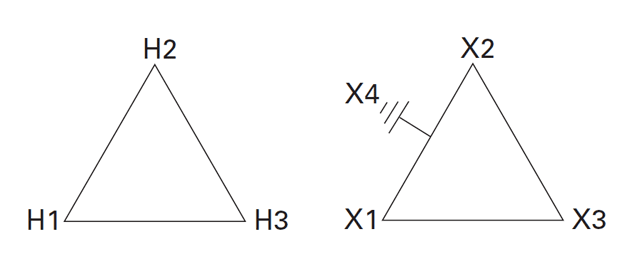
-
Angular Displacement: 0°
-
Suitable for both ungrounded and effectively grounded sources.
-
Suitable for a three-wire service or a four-wire service with a mid-tap ground.
-
When using the tap for single-phase circuits, the single-phase load kVA should not exceed 5% of the three-phase kVA rating of the transformer. The three-phase rating of the transformer is also substantially reduced.
WYE-WYE Connection
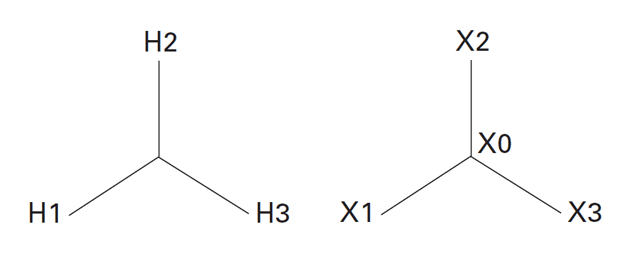
-
Angular Displacement: 0°
-
Suitable for both ungrounded and effectively grounded sources.
-
Suitable for a three-wire service only, even if X0 is grounded.
-
This connection is incapable of furnishing a stabilized neutral and its use may result in phase-to-neutral overvoltage (neutral shift) as a result of unbalanced phase-to-neutral load.
-
If a three-phase unit is built on a three-legged core, the neutral point of the primary windings is practically locked at ground potential.
GROUNDED WYE-WYE Connection
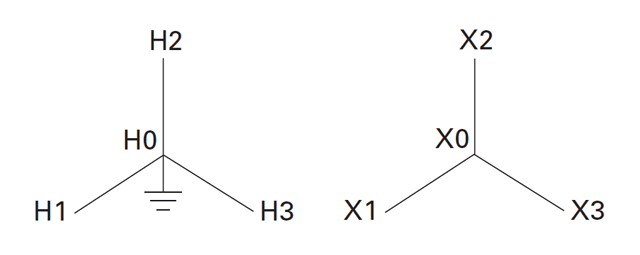
-
Angular Displacement: 0°
-
Suitable for four-wire effectively grounded source only.
-
Suitable for a three-wire service or for four-wire grounded service with XO grounded.
-
Three-phase transformers with this connection may experience stray flux tank heating during certain external system unbalances unless the core configuration (four or five legged) used provides a return path for the flux.
-
Fundamental and harmonic frequency zero-sequence currents in the secondary lines supplied by the transformer also flow in the primary lines (and primary neutral conductor).
-
Ground relay for the primary system may see load unbalances and ground faults in the secondary system. This must be considered when coordinating overcurrent protective devices.
-
Three-phase transformers with the neutral points of the high voltage and low voltage windings connected together internally and brought out through an HOXO bushing should not be operated with the HOXO bushing ungrounded (floating). To do so can result in very high voltages in the secondary systems.
3-Phase Transformer Connection Notes
-
When windings are connected wye, the voltage between any two lines will be 1.732 times the phase voltage, and the line current will be the same as the phase current.
-
When transformers are connected delta, the line current will be 1.732 times the phase current, and the voltage between any two will be the same as that of the phase voltage.
-
For delta-delta and wye-wye connections, corresponding voltages on the high-voltage and low-voltage sides are in phase. This is known as zero phase (angular) displacement. Since the displacement is the same, these may be paralleled.
-
For delta-wye and wye-delta connections, each low-voltage phase lags its corresponding high voltage phase by 30 degrees. Since the lag is the same with both transformers, these may be paralleled.
-
A delta-delta, wye-wye transformer, or bank (both with zero degrees displacement) cannot be paralleled with a delta-wye or a wye-delta that has 30 degrees of displacement. This will result in a dangerous short circuit.
